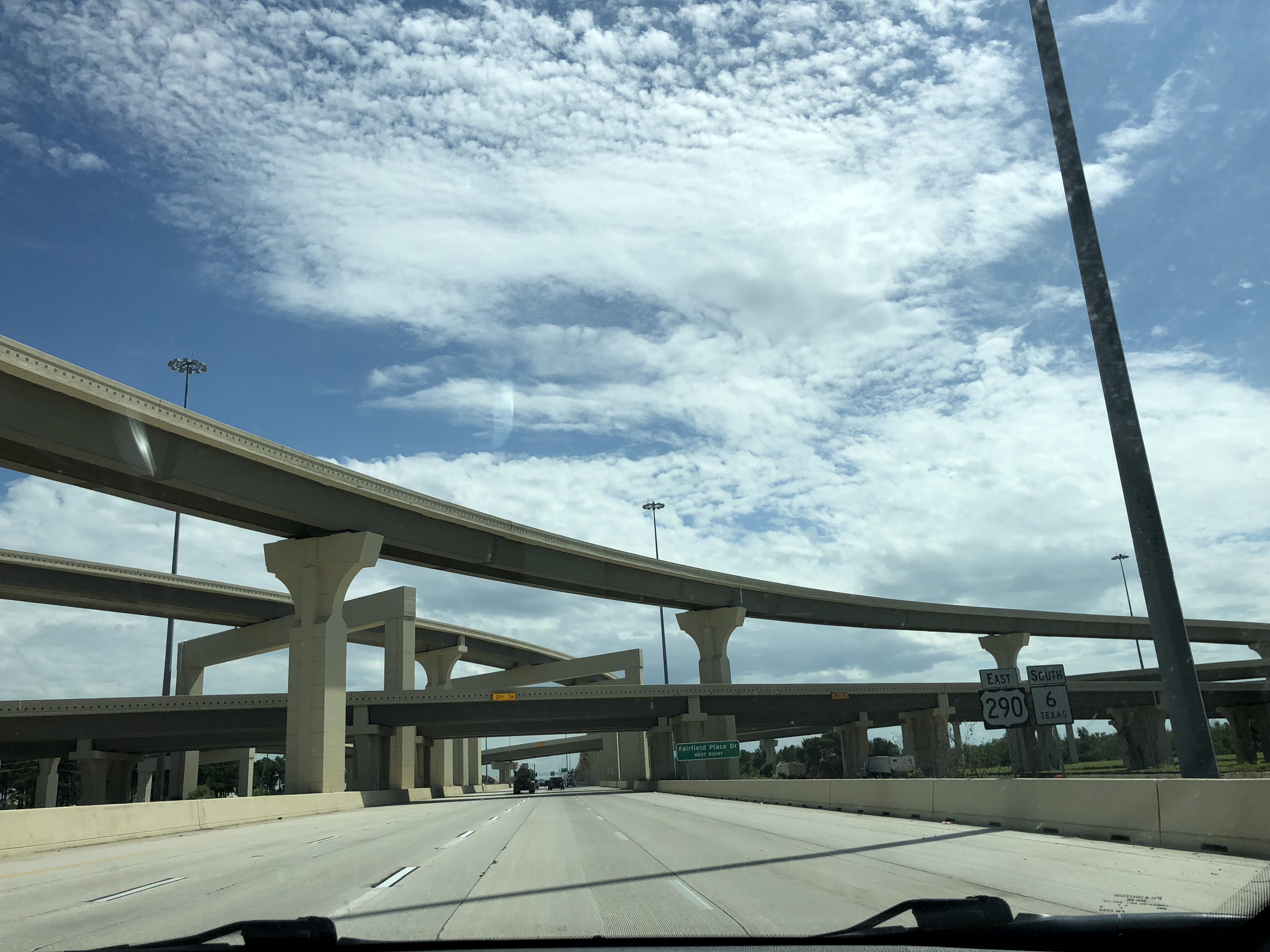General Sam Houston led the Texan army to victory over the Mexicans in the decisive Battle of San Jacinto in 1836. Texas won its independence and Houston became the fledgling nation’s president. A year later and about 40km to the west of the battlefield, two brothers from New York City founded a brand new city and named it after Houston. Over the years, this city saw impressive growth, particularly as a railroad & trading centre. But that growth trajectory changed sharply with a discovery in the town of Beaumont (140km to the east). A guy named Anthony Lucas struck oil on Spindletop Hill.
Spindletop became the largest gusher in the world and the first discovery on the US Gulf coast. It was also far removed from the monopolistic grip of Rockefeller’s Standard Oil, and sparked a manic oil rush in the region. At the same time, Houston began developing a deep-water port after nearby Galveston was hammered by a hurricane. And so followed expansions into petrochemicals, manufacturing, ship-building, and aerospace. Today, Houston is a mammoth place with nearly 7 million people in its greater metropolitan area.
Ella and I explored Houston’s downtown area on an exceptionally hot day – the kind of day where you feel like your shoes are going to melt onto the pavement. We happened upon scores of big oil & gas company headquarters.
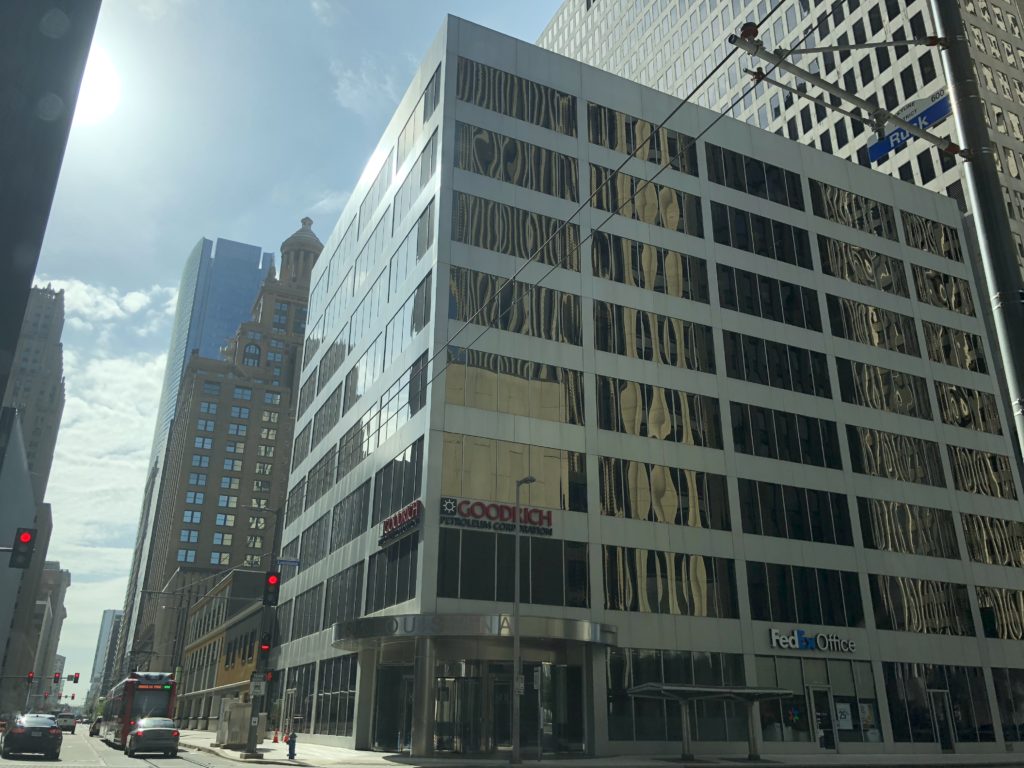
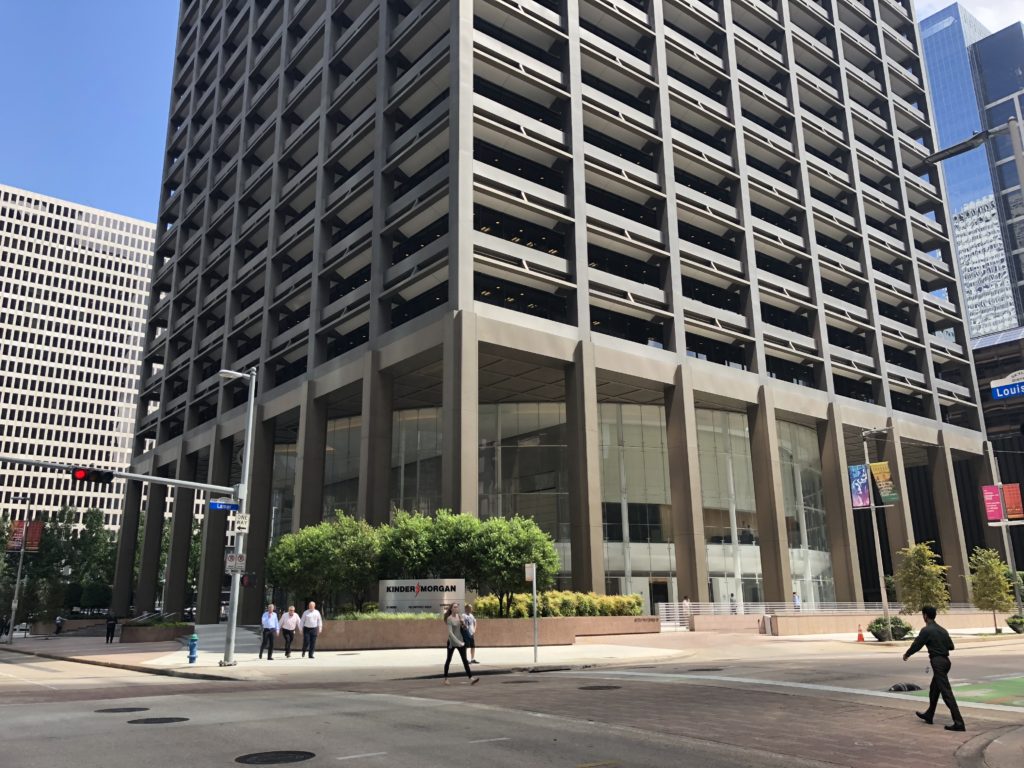
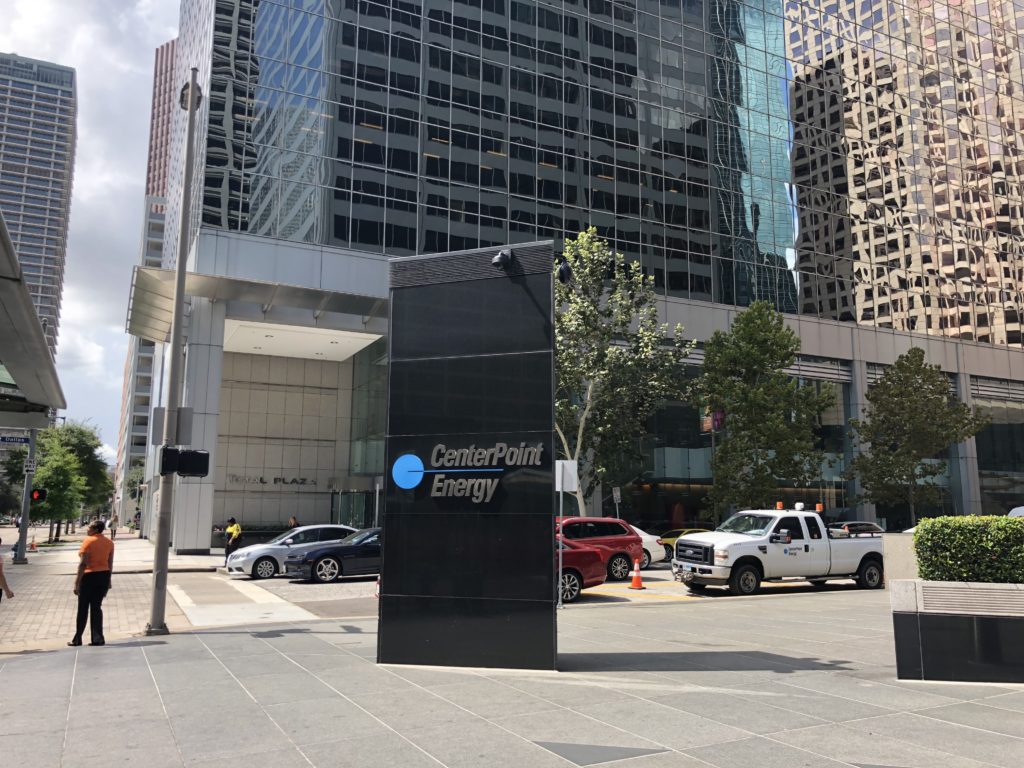
But we also found some amazing architecture – like the beautiful Art Deco-styled Gulf Building (originally housing the Gulf Oil company, and now home to JPMorgan Chase).
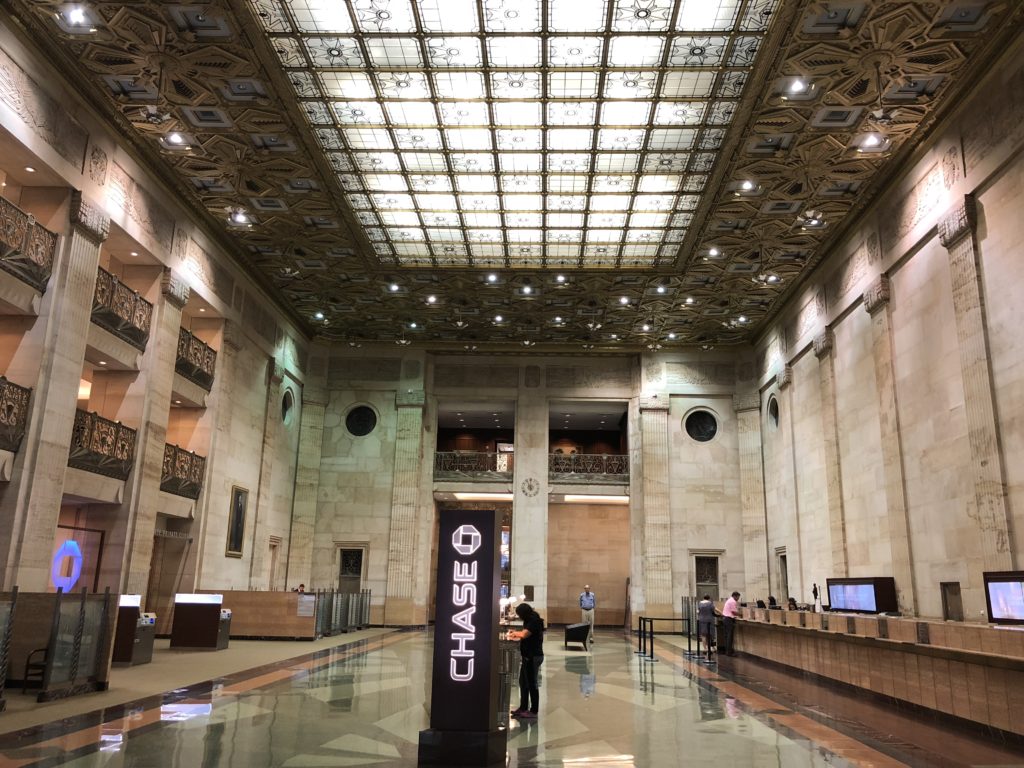
Along with a number of impressive skyscrapers and landmarks.
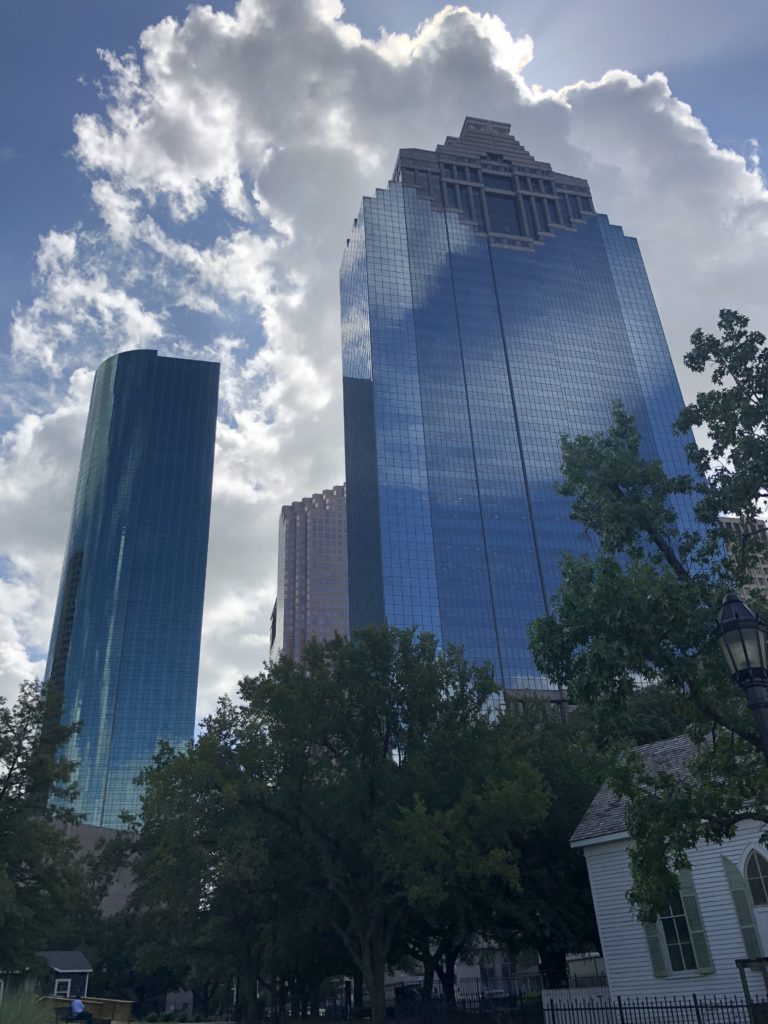

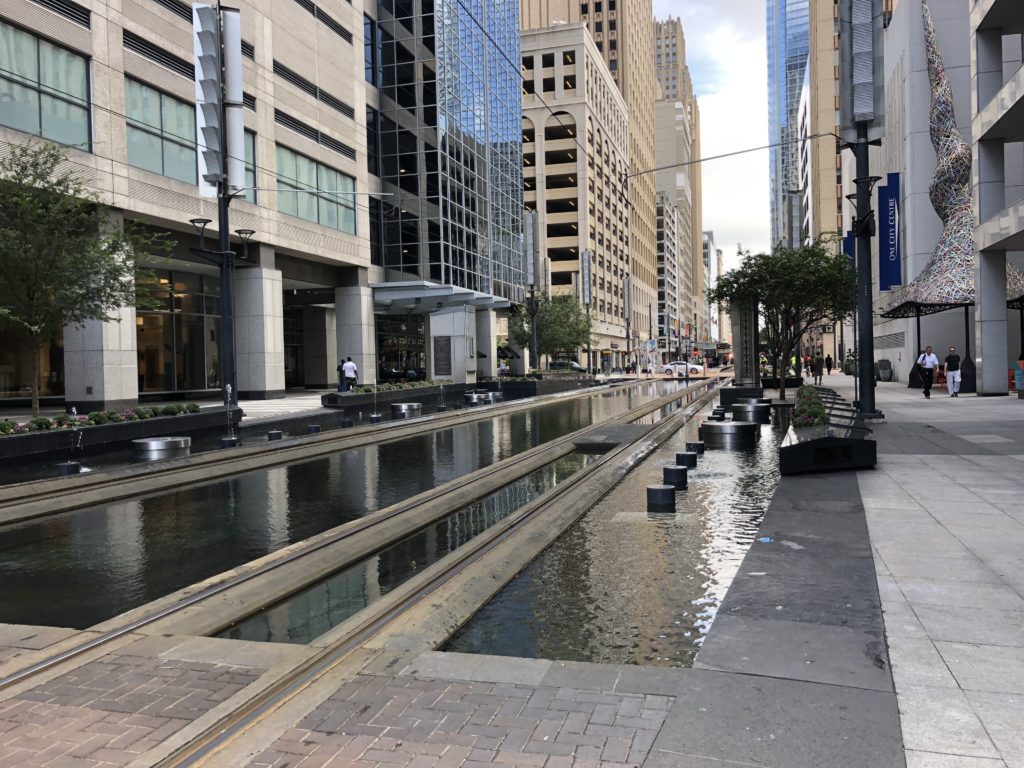
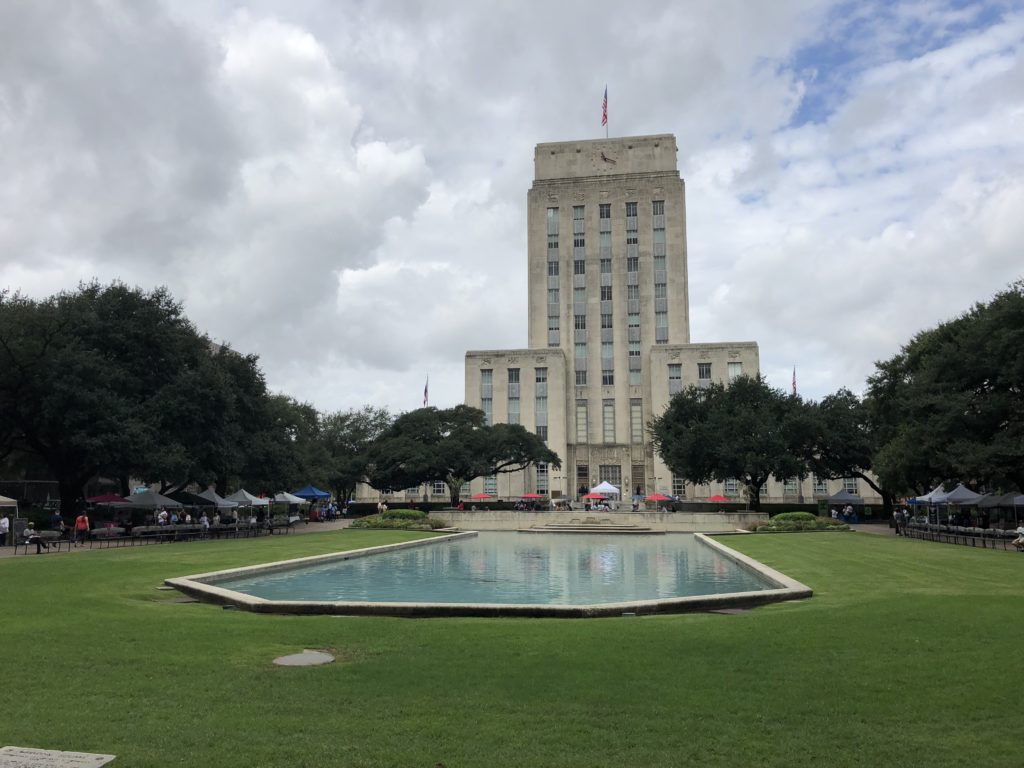
We had a look around the city’s huge central public library. Most visitors to the library were on the computers where apparently job hunting is the most common use. We also witnessed the start of a regular program for Houston’s homeless – a free meal and a film.
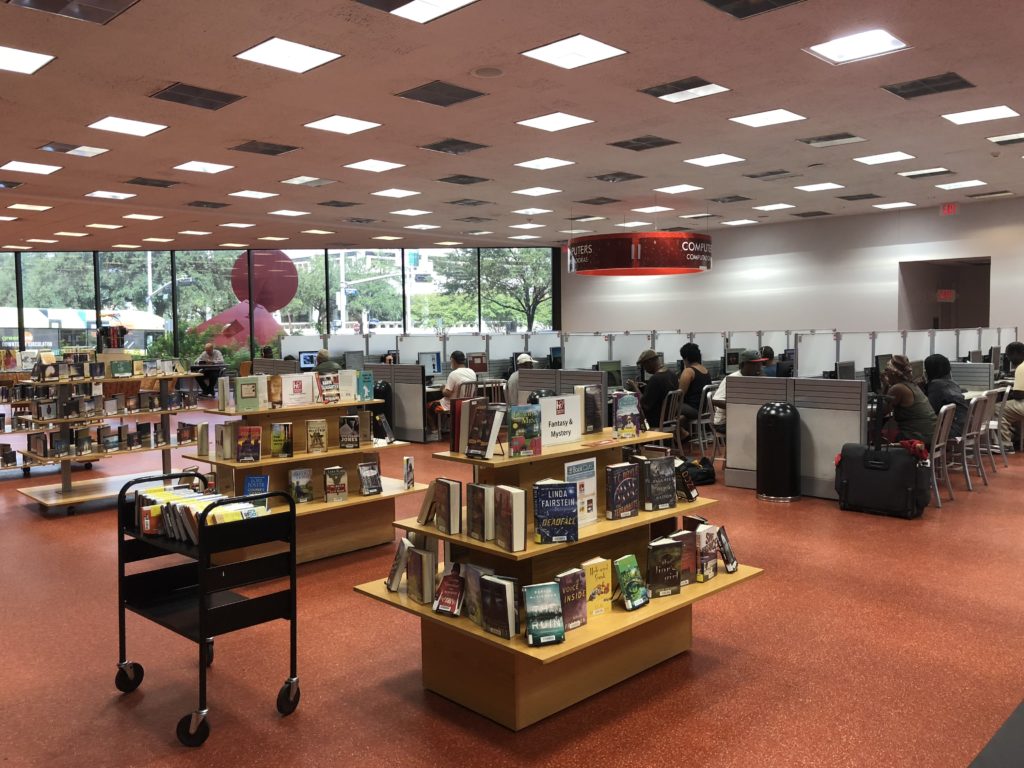
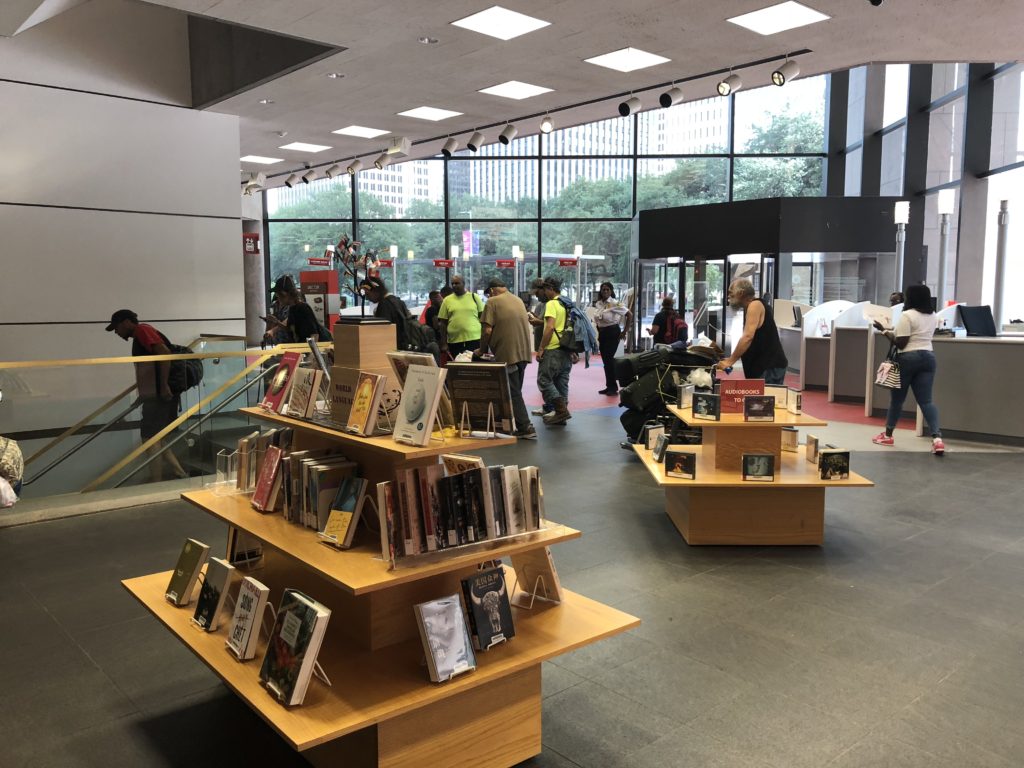
Texas BBQ is a big deal, and certainly one of the state’s iconic foods. We decided to do it right and, after a bit of research, headed off to Goode Company BBQ’s restaurant a little west of downtown. Texas BBQ involves cooking meat low and slow, with a dry (not wet) rub, and lots of BBQ sauce. The place was a trip and the food was excellent.
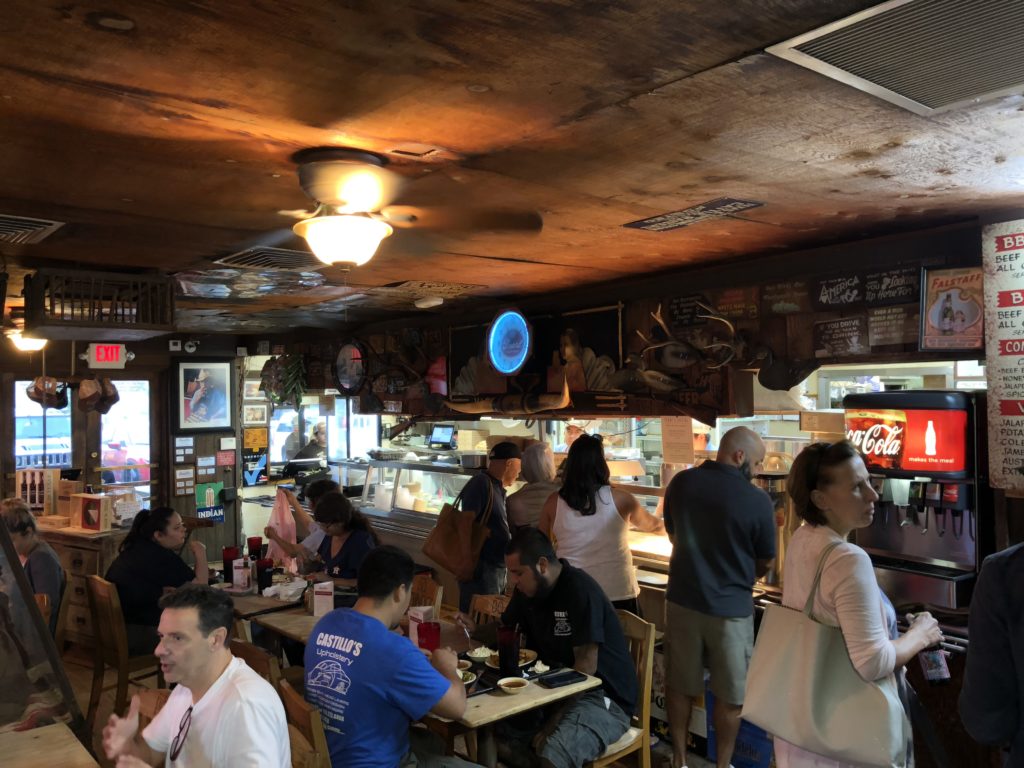
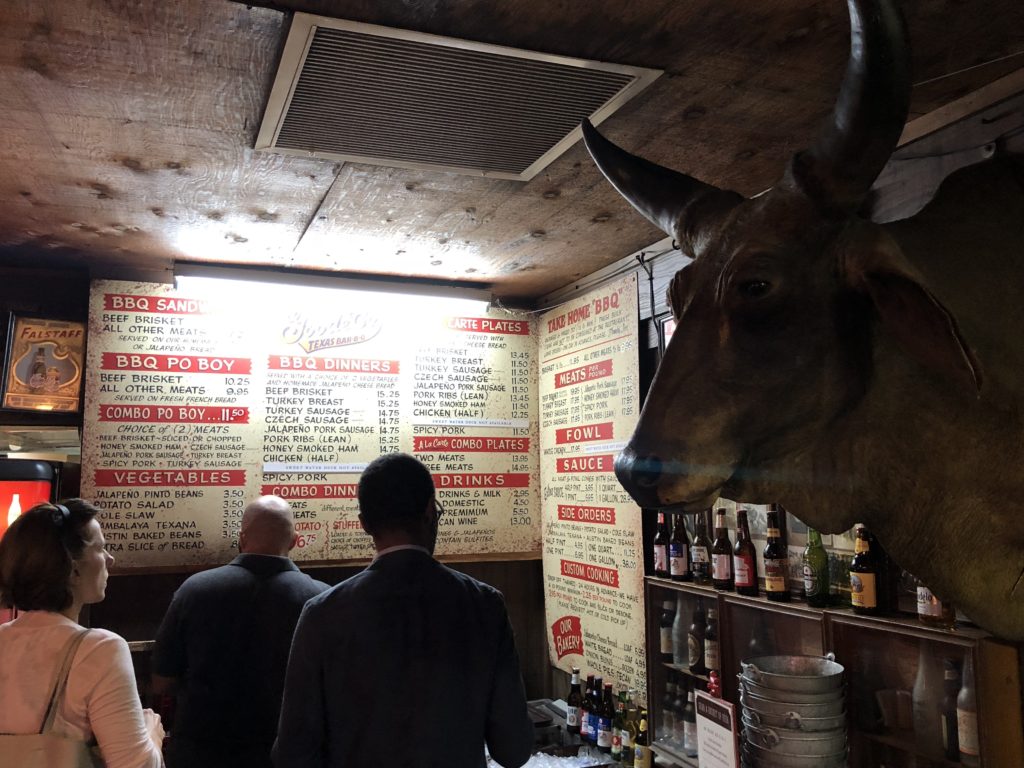
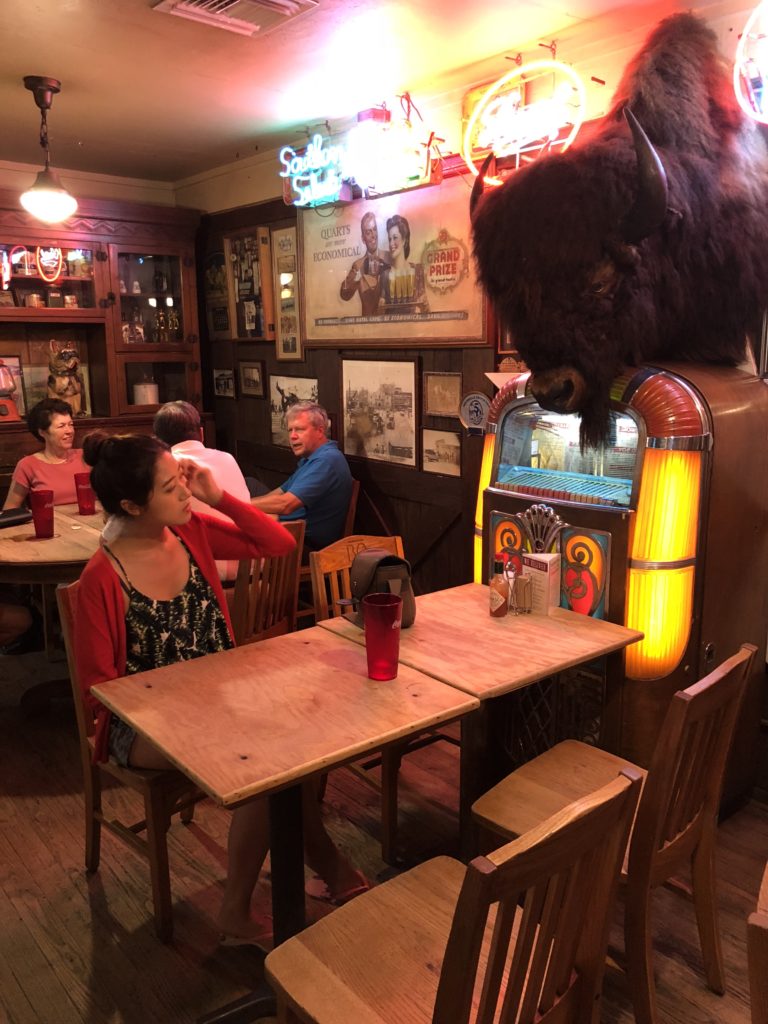
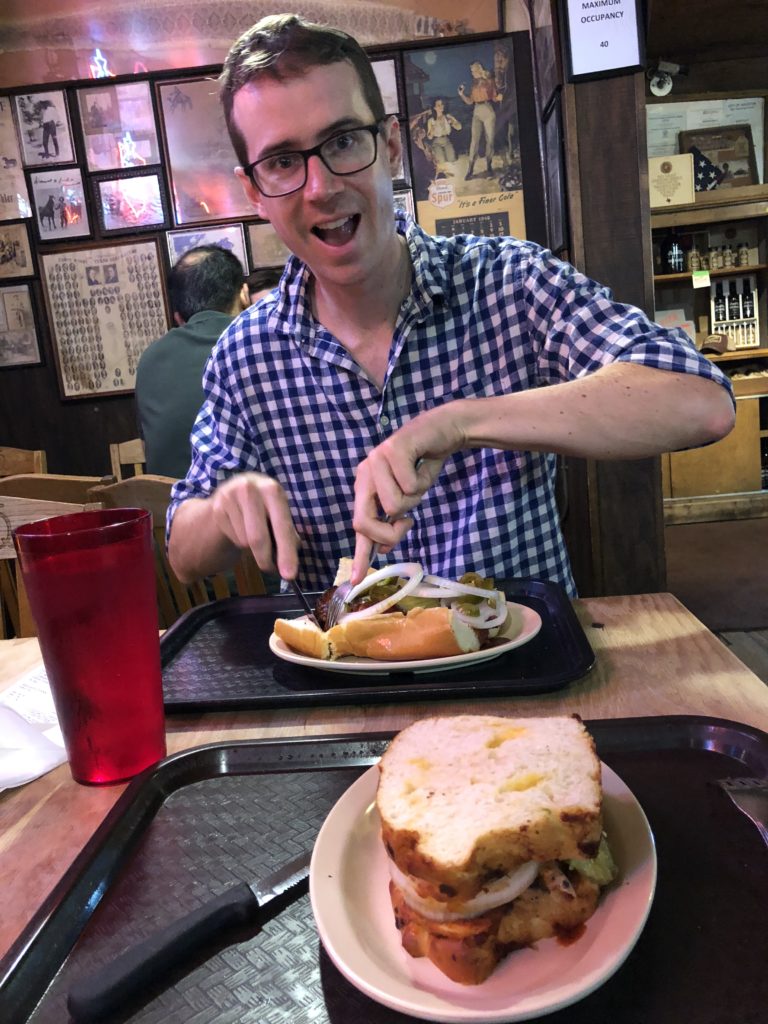
Many have made fortunes in the city of Houston, and a number of these elite have poured money into museums and art galleries for the city. We visited the city’s “Museum District” and explored a number of the art galleries, all free of charge. The first was the Menil Collection, founded by heirs to the Schlumberger oilfield services fortune. The collection is awesome and diverse and includes a bunch of big name pieces. The most fascinating piece for me, by far, was a carving of a reindeer on a piece of bone that dates back to between 9,000 and 15,000 BC! It’s incredible to imagine this beautiful piece being carved by some primitive caveman. We weren’t allowed to take photos inside, so this picture is from the museum’s website:

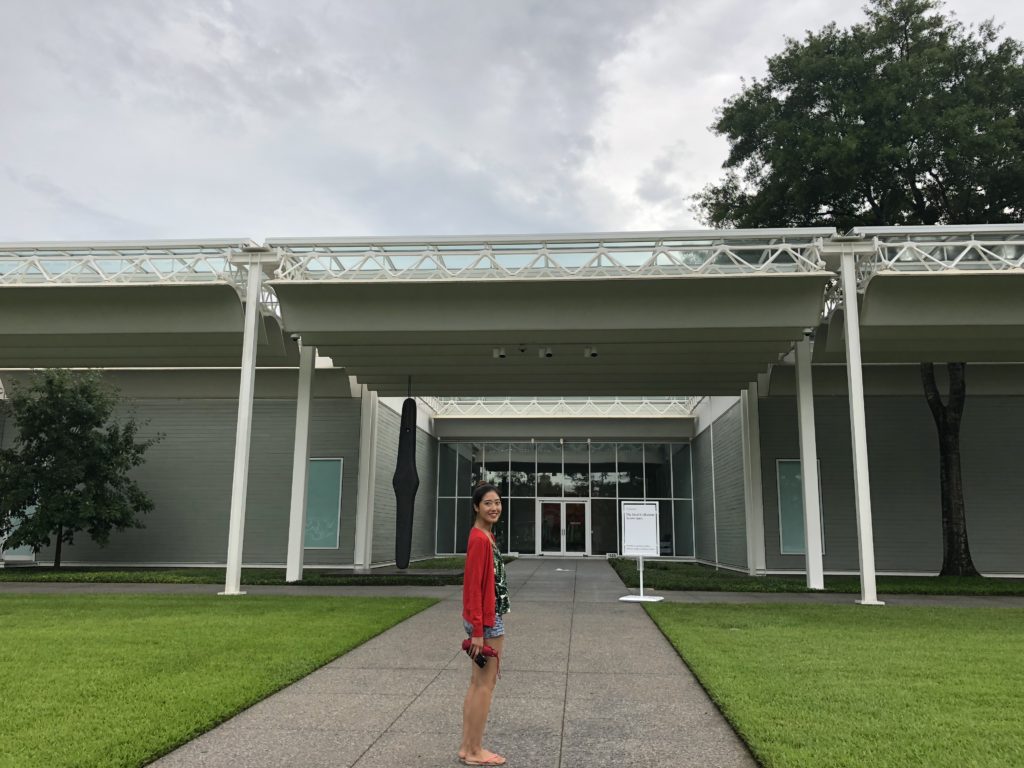
Another Menil family contribution is the Rothko chapel – an interfaith chapel with 14 huge moody paintings by the legendary Mark Rothko surrounding a central space. The way it is set up, you can lose track of time staring into these giant gray hypnotic voids. Outside the chapel, is “Broken Obelisk”, a tribute to Martin Luther King, Jr. We also took in “The Fabiola Project” at the Byzantine Fresco Chapel, which is a fascinating display of 514 different copies of a 1885 Henner painting (the original has been lost). Each one is from a different time by a different artist using different techniques and styles, and seeing them all together on one large wall was very impressive.
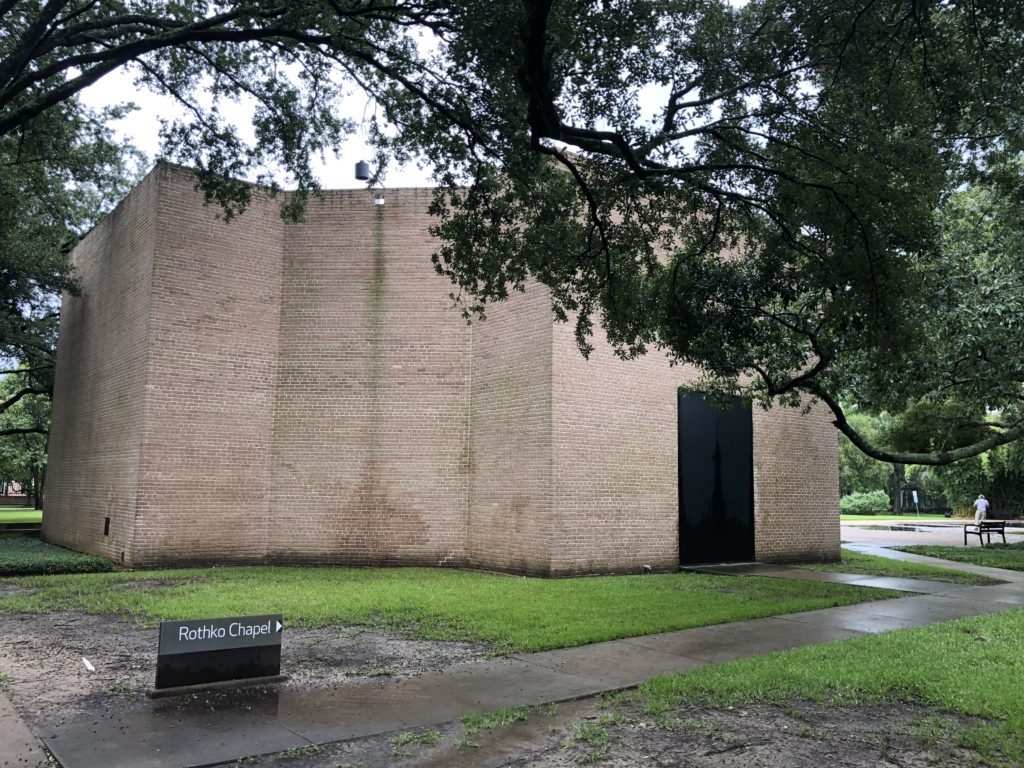
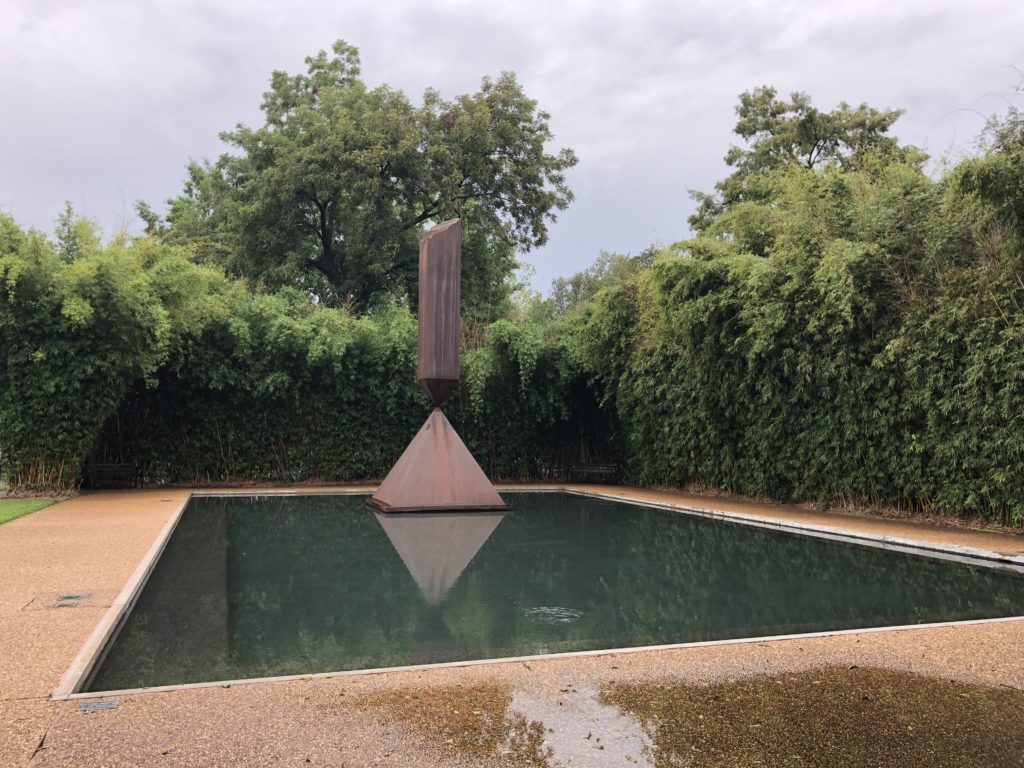
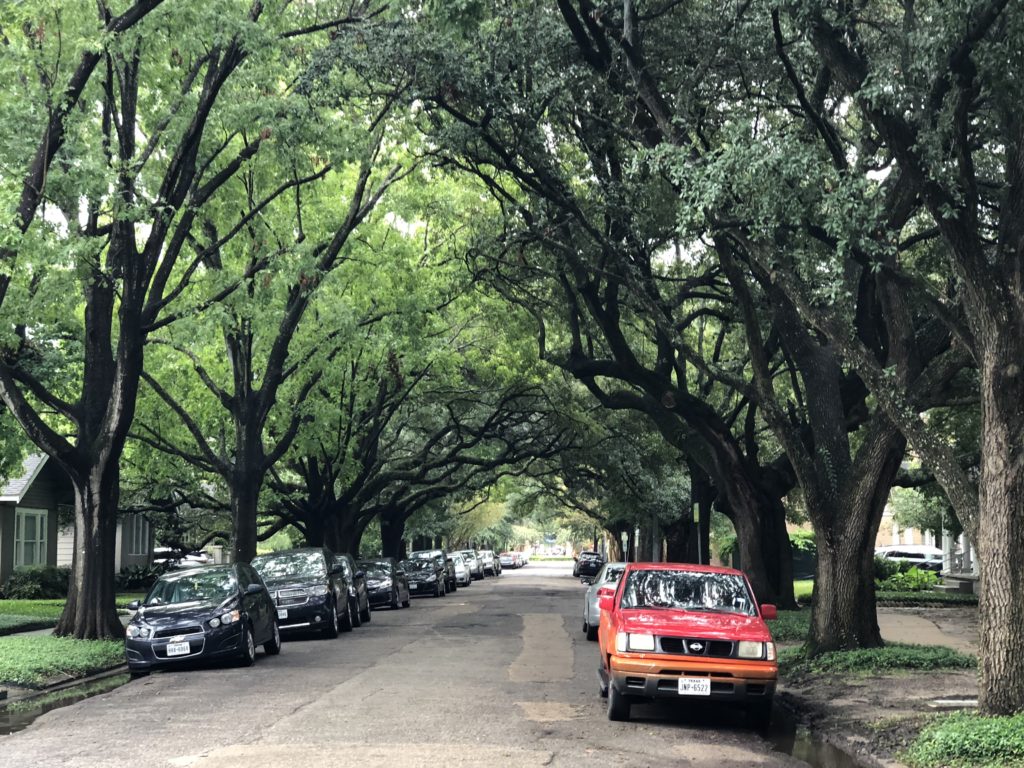

Our Airbnb accommodation was in the southern part of the enormous city of Houston, and located in one of those housing estates where all the houses look almost exactly the same.
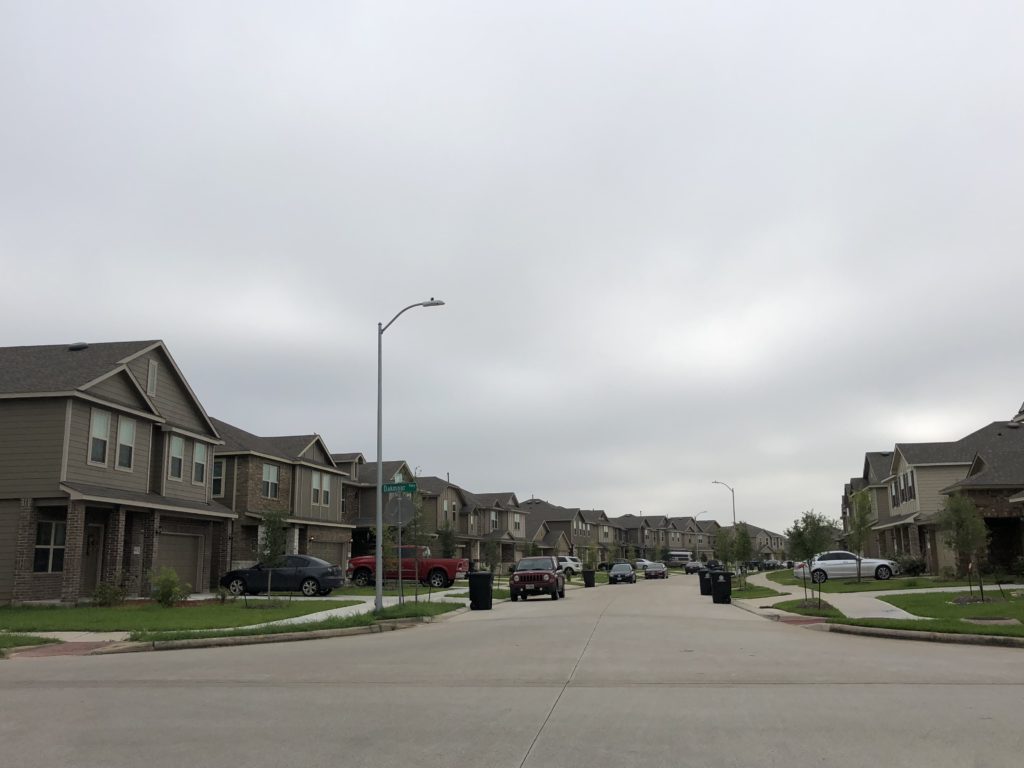
Oilfield services equipment scattered around the city.
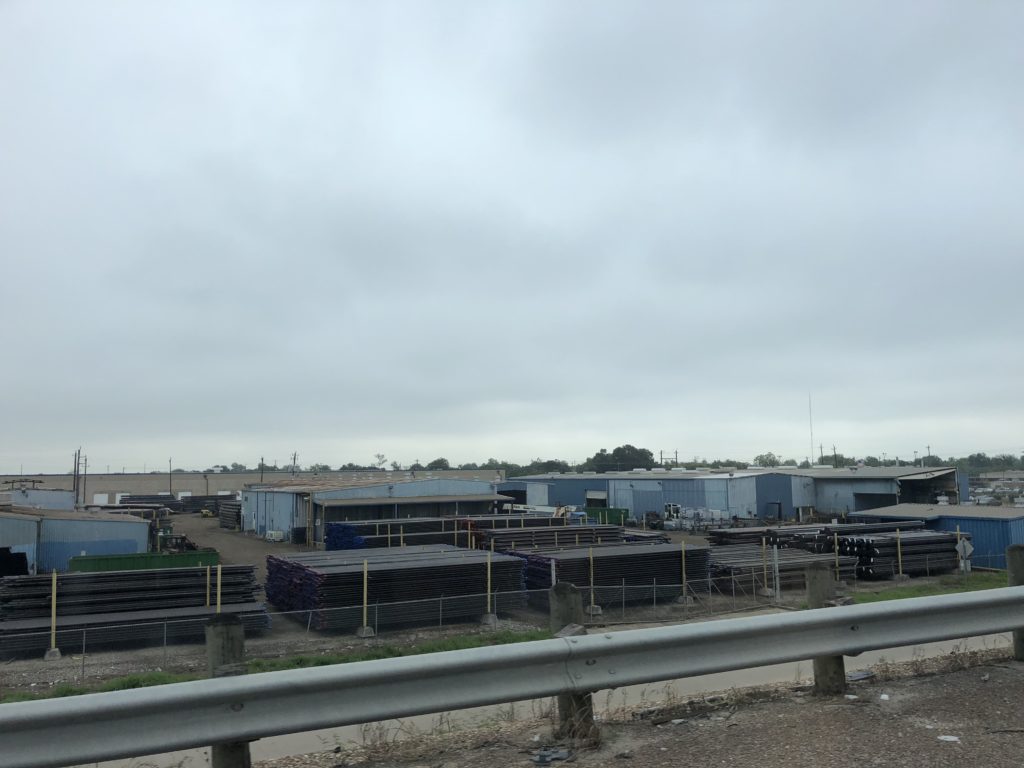
Next, we lined up a day trip to an exceptionally historic spot south of the city – the Johnson Space Center.

